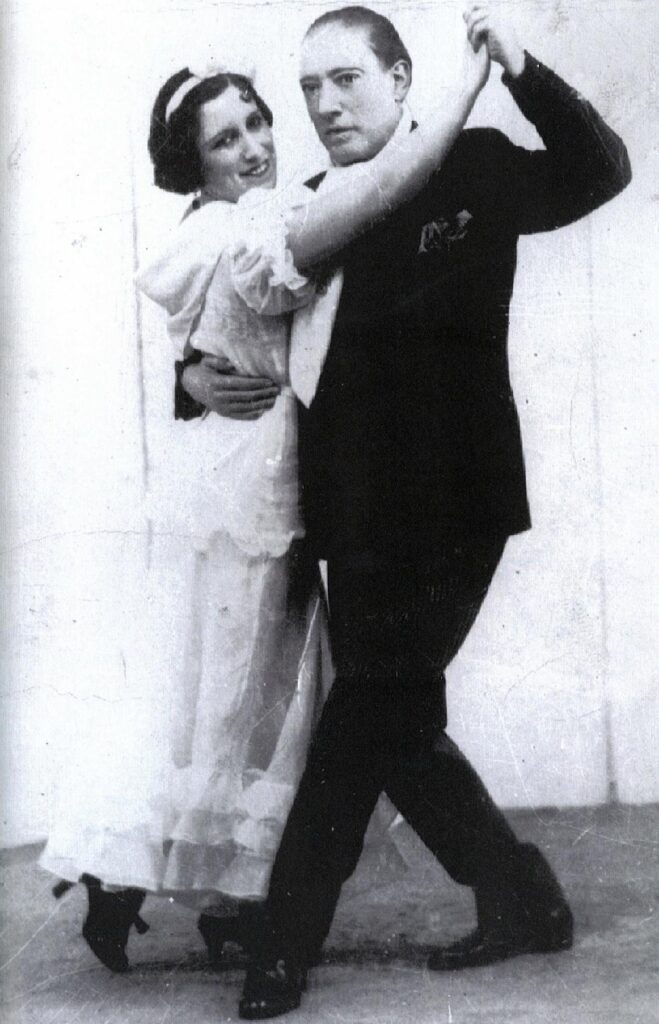Finalmente!
Eight years ago, at the 2014 World Cup Soccer Championships, Argentinian football great Lionel Messi missed a final penalty kick and hung his head in despair. Redemption came on Sunday, December 18th, 2022 however, when La Pulga (Spanish for “the flea,” Messi’s nickname since childhood due to his 5’7″ frame) flew around the stadium in Qatar and scored two goals – including a penalty kick – to give Argentina its third World Cup championship. Bravo! (Note: Among Messi’s other nicknames are “The Magician” and “The Little Genius.”)

To the average American, soccer is something they pay attention to only during the World Cup, and especially only if the American team is winning (as they briefly did this year). But to fans around the world, soccer is akin to a sense of shared nationalism, more religion than sport. And soccer fans all know that the only thing missing from Messi’s resume was a World Cup. His rival, Cristiano Ronaldo of Portugal, will have to wait another four years to match him.
To Americans of Italian heritage, at least those with even a vague sense of italianità (aka, ‘italianness’), Argentina’s win is especially sweet, given that nearly half of that nation – and its national team – is of Italian heritage. Messi is the most obvious, the son of Jorge Messi (Italian/Spanish) and Celia Cuccittini. He grew up playing fútbol with his older brothers Rodrigo and Matias and his cousins, Maximiliano and Emanuel Biancucchi. Messi’s wife is Antonella Roccuzzo. And Messi’s gesture after scoring a goal, making a sign of the cross and directing it toward Heaven, is to for his beloved grandmother. Very Italic!
Need more player names? Franco Armani; Geronimo Rulli; Nicolas Tagliafico; German Pezzella; Angel De Maria; and Rodrigo De Paul. Even the team’s lone Polish player, Paulo Dybala, is Italian on his mother’s side and speaks fluent Italian. Both he and De Paul claim dual Italian citizenship. How about Argentina’s coach? Lionel Scolani.
And throughout the tournament, whose picture was passionately waved by fans as an almost mystical source of inspiration? The late, great Diego Maradona, who led the team to a World Cup in 1986. Maradona’s mother had roots in Calabria.
There were other Italic connections to this year’s World Cup. Some were infamous, such as Gianni Infantino, the controversial president of FIFA. Others were noble, such as the World Cup trophy itself, designed by sculptor Silvio Gazzaniga. (A shout out to colleague Frank DiPiero for the latter item.)
Even Cristiano Ronaldo, who didn’t get much playing time, spent three years in Italy playing for Juventus from 2018-2021.
The Italic influence in Argentina isn’t limited to soccer. The recently retired tennis pro Juan Del Potro has said he wants to get more in touch with his Italian roots. Fellow tennis players Guido Pella and Federico Del Bonis will easily pick up the slack. And a famous figure (in both senses) on the women’s circuit over 20 years ago was Gabriela Sabatini, who dazzled fans with both her movie-star beauty and graceful court skills.
And on the other side of the globe, there is another Argentinian Italian: Jorge Maria Bergoglio, better known as Pope Francis. The fictionalized 2019 film The Two Popes showed both him and retired pope (strange phrase, that) Josef Ratzinger enjoying a soccer match at the Vatican. This time, it was real.
Final note: Is it any coincidence that the US soccer team’s recent success was due to its captain, Christian Pulisic, whose father is Croatian/Italian?
Stay tuned for 2028! -BDC

I was glued to the tele….for the game…Argentina dominated the first half, then France made their great comeback….and the game was tied until the penalty shots….what a way to win….if I were French I would still be happy about the game…sadly I have been reading about the comments of some of the French fans and their overt racism…..due to the failed penalty kicks by the Afro-French team members….one comment on the BBC noted that when minority member scores, the player becomes French, and when they fail they are Arabs again…..we don’t talk about the colonial legacy….but it really weaves its way into European culture in general…and soccer in particular…..actually the big winner are the rich Arabs who own so many of the teams…
The Italians who moved to Argentina have left their mark, thank you for letting us know the importance of the players of Italian descent who played on the 2022 World Cup Championship team. So much talent over the centuries have left Italy. I hope the time has come that Italy will be able to keep the talent it needs to prosper.